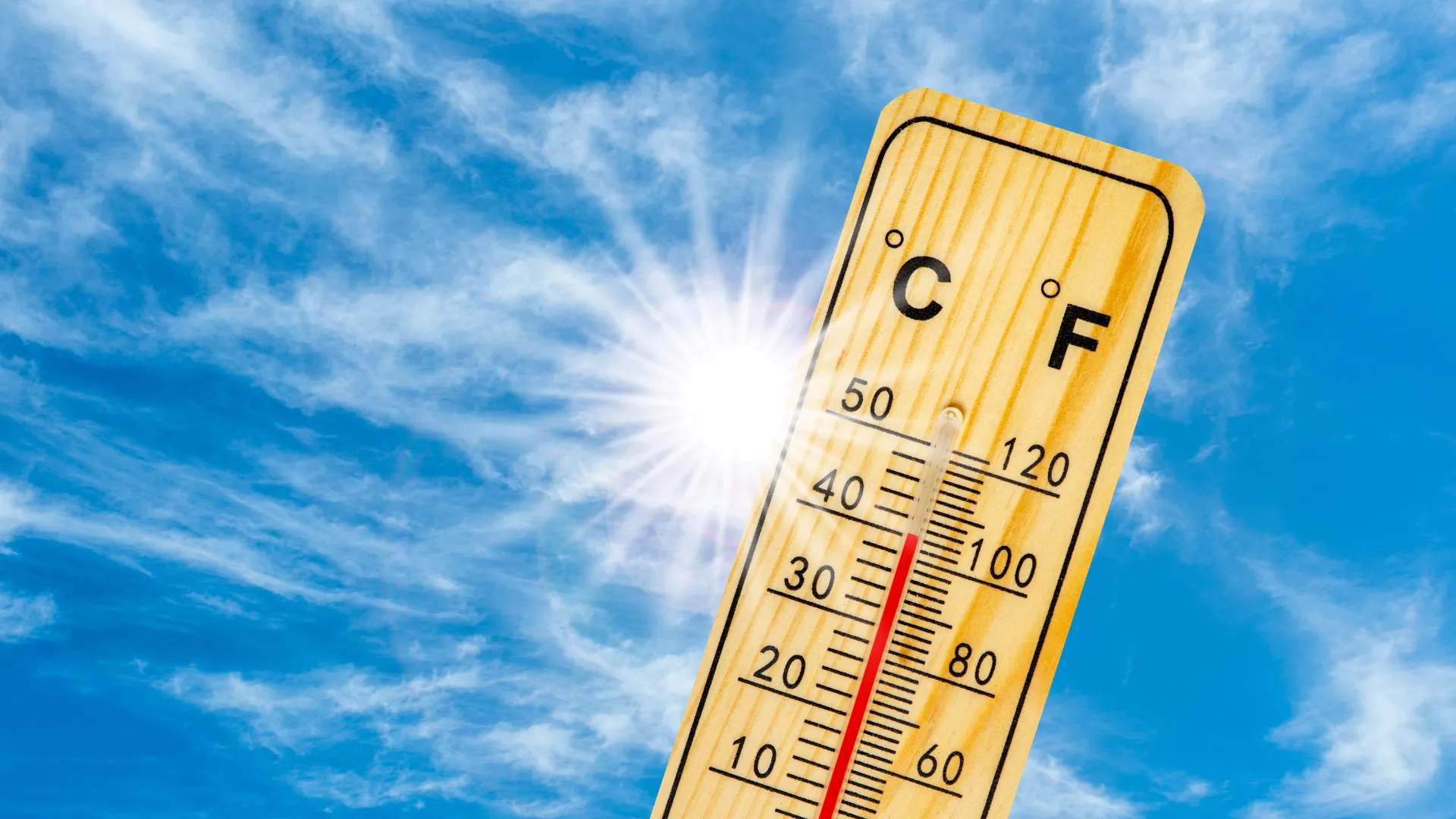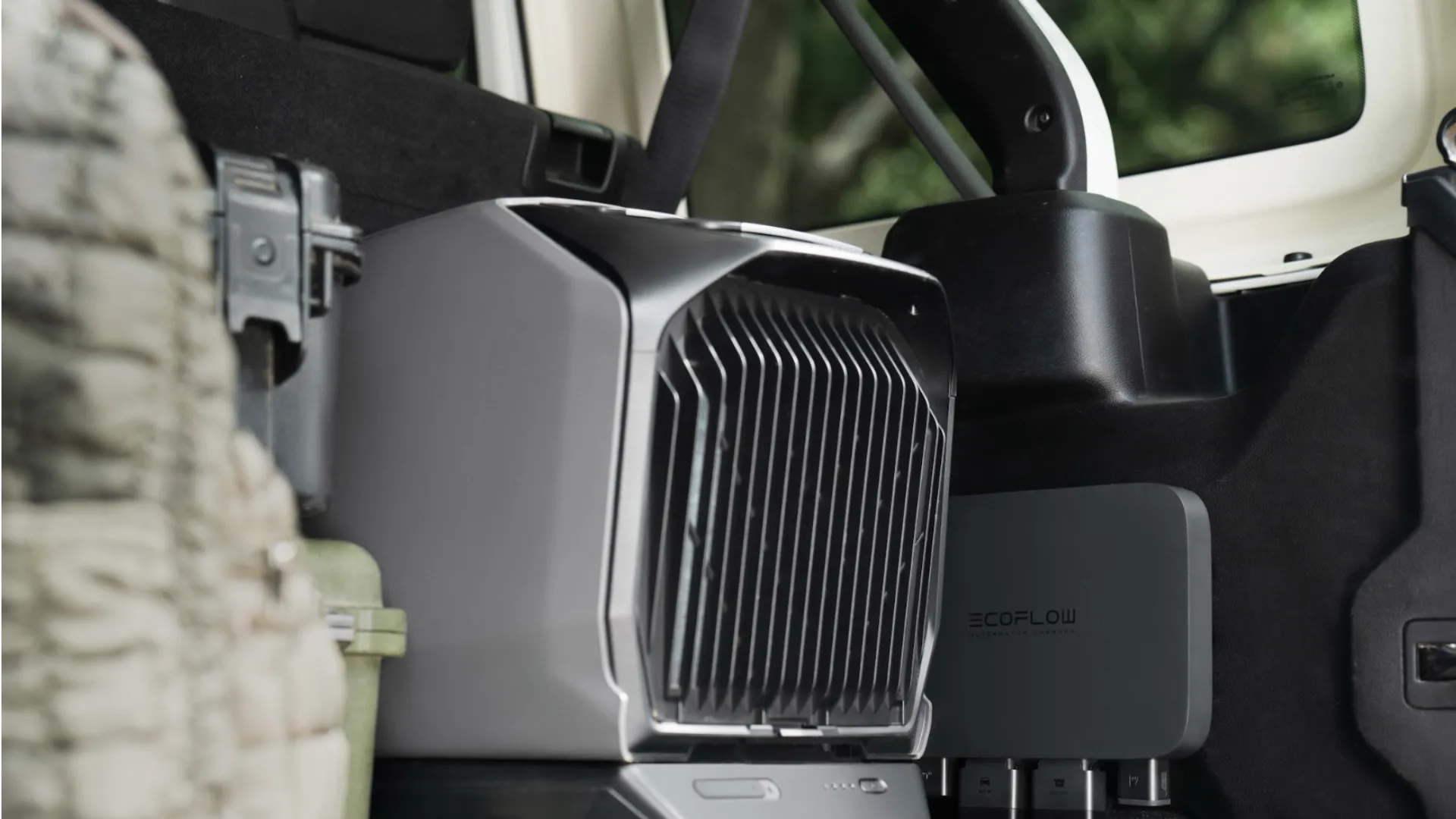How to Cope with a Heat Wave
Summer is meant to be a season of energy and enjoyment, yet unrelenting high temperatures can quickly turn it into a challenge. Sleepless, stifling nights can sap your energy, and the sun’s intense glare may leave you dizzy, drained, and concerned for the wellbeing of elderly family members and children, with the risk of heat stroke and other heat-related illnesses never far from mind. And when extreme heat pushes the power grid to its limit, an outage can render your air conditioner useless, leaving you without a way to stay cool or even keep your phone charged which is an unsettling situation in the middle of a heat wave.
You’re not facing this challenge alone. This guide is built to tackle real-life concerns, offering a clear, practical plan to help you and your family stay cool, safe, and prepared, even during the most intense stretches of summer heat.
What is a Heat Wave?
Before we can effectively prepare for a heat wave, we need to understand what it is and what it means for our climate. A heat wave is a dangerous, extended weather event with distinct characteristics that can have serious impacts on health and daily life.
Basic Characteristics of a Heat Wave
A heat wave is identified by how hot it gets and how long the extreme temperatures last. In Canada, the benchmark is usually temperatures of 30°C or higher sustained over three or more consecutive days. The real danger comes when the heat lingers into the night, as warm overnight temperatures prevent the body from cooling and recovering, heightening the risk of serious health problems.


Common Areas Where Heat Waves Occur in Canada
While Canada is famous for its cold winters, many southern regions are no strangers to intense summer heat waves. Southern Ontario, including cities like Toronto, and the Montreal area in Quebec frequently experience heat wave alerts. In British Columbia, the interior regions particularly the Okanagan Valley are also vulnerable, thanks to their unique geography and climate. Being aware of these high-risk areas allows residents to prepare ahead of time and take necessary precautions.
What Happens When There’s a Heat Wave?
The impact of a heat wave goes well beyond mere discomfort, often creating a ripple effect that can disrupt our health, daily routines, and the environment.
Health Risks (Heat Stroke, Dehydration, Difficulty Breathing)
Heat waves present a serious health risk. Extended exposure to extreme heat can cause excessive sweating, leading to dehydration, dizziness, and fatigue. More severe outcomes include heat cramps, heat exhaustion, and potentially fatal heat stroke. Vulnerable groups such as the elderly, infants, and people with cardiovascular or respiratory conditions face heightened danger. In addition, high temperatures can degrade air quality, aggravating symptoms for those with existing respiratory illnesses.
Daily Life Disruptions (Power Outages, Traffic Delays)
Heat waves can interfere with daily life in many ways. The increased demand for air conditioning and other cooling devices can strain power grids, sometimes causing widespread outages. These blackouts not only disrupt routines but also shut down vital cooling systems, amplifying the effects of the heat. Extreme temperatures can also impact transportation, with railroad tracks expanding and warping, resulting in train delays and service interruptions.
Environmental Impact (Drought, Increased Fire Risk)
The environmental impact of a heat wave can be just as severe as its effects on health and daily life. Prolonged high temperatures speed up water evaporation, which can contribute to droughts that damage crops and dry out forests and grasslands. This creates ideal conditions for wildfires, an ongoing and serious concern across Canada each summer.
How to Cope in a Heat Wave
Understanding the risks is only the first step, the next is taking action. By adopting a few proactive measures, you can greatly increase your ability to stay safe and comfortable during periods of extreme heat.
Bring a Cooling Device
A portable cooling device can be a game-changer during extreme heat. On a stifling night when sleep feels impossible, a portable air conditioner like the EcoFlow WAVE 3 can quickly bring your bedroom to a comfortable temperature, helping you rest soundly. And if you’re camping during a heat wave, it can keep your tent cool and livable, turning an otherwise uncomfortable trip into an enjoyable experience.


Wear Breathable Clothing
Wearing the right clothing is your first layer of protection against extreme heat. Choose light-coloured, loose-fitting, breathable fabrics such as cotton or linen, which allow sweat to evaporate and help your body cool naturally. Steer clear of tight or dark-coloured clothing, as it traps heat and raises your body temperature.
Drink Plenty of Water
Hydration is one of the most effective ways to guard against dehydration and heat stroke. Sip cool water often, even before you feel thirsty, and aim for about 2–3 litres a day if you’re an adult. To restore minerals lost through sweating, add electrolyte-rich drinks to your routine. Steer clear of alcohol, caffeinated beverages, and sugary drinks, as they can actually worsen dehydration.
Avoid Going Out During Midday Heat
The peak heat of the day usually falls between 12 p.m. and 4 p.m., so it’s best to stay indoors during these hours and avoid strenuous outdoor activities. If you need to be outside like remotely working while camping, stick to shaded areas and protect yourself with sun gear such as a wide-brimmed hat and UV-blocking sunglasses.
Keep Your Indoor Space Cool
Keep curtains and windows closed during the day to block out direct sunlight and prevent hot air from entering. Once temperatures drop in the evening, open the windows to let cooler air circulate. For a simple DIY cooling trick, place a bowl of ice water in front of a fan to create a cool, refreshing breeze.
Use Cold Water to Cool Down
If you start to feel overheated, use cold water to bring your body temperature down. Wipe your face, neck, armpits, and wrists with a cool, damp towel, or take a refreshing shower. These methods can help lower your body temperature quickly and provide relief from the heat.
Essential Gear to Stay Cool and Safe During a Heat Wave
While good habits go a long way, the right equipment can be a game-changer when it comes to handling extreme heat, especially in an emergency. Here’s a roundup of essential items to help you and your family stay ready and protected.
Portable Air Conditioner
A portable air conditioner like the EcoFlow WAVE 3 delivers 1800W of cooling power, making it highly effective to beat the heat when central AC isn’t an option. It can drop the temperature by up to 8°C in just 15 minutes, creating a comfortable environment in small to medium rooms of 10–20㎡, such as bedrooms or home offices. Its compact design and energy efficiency make it a reliable backup solution for emergencies, road trips, or off-grid scenarios.
Essential Hydration Gear
An insulated water bottle is a simple but essential way to keep your water cold for hours. Add a few electrolyte packets, and you’ve got an easy way to replace the minerals you lose through sweat, helping you stay hydrated and avoid heat cramps.
Sun Protection Equipment
Shielding yourself from the sun is essential. A wide-brimmed hat helps protect your face and neck, while quality sunglasses guard your eyes against harmful UV rays.
Emergency Portable Power Station
Power outages are a common concern during heat waves, and they can be particularly worrying when caring for children or elderly family members. A reliable backup like the EcoFlow DELTA Pro 3 offers expandable capacity from 4–48kWh, providing enough energy to power essential home appliances for one day up to a week, depending on usage. It delivers both 120V and 240V outputs with up to 4000W continuous power, capable of running a 3-ton central AC and other essential devices simultaneously. Thanks to exclusive X-Boost technology, it can temporarily exceed its rated output, reaching up to 6000W for high-demand scenarios. Even during pass-through charging, it provides stable, uninterrupted power, ensuring fans, refrigerators, and communication devices stay operational when you need them most. This makes the DELTA Pro 3 a critical component of any heat wave preparedness kit.
First Aid and Safety Supplies
Keep a well-stocked first aid kit on hand, along with a thermometer to check for signs of heat stroke. Cooling towels or gel packs are also useful for providing quick relief when temperatures climb.
FAQ
How long can a heat wave last?
In Canada, most heat waves last between 3 and 7 days, though some can stretch beyond a week depending on weather patterns and atmospheric conditions.
What is the perfect temperature to sleep in?
The optimal temperature for sleep is between 16°C and 20°C. During a heat wave, you can maintain this range with a portable air conditioner or by using extra cooling methods, such as damp towels and fans, to bring down the temperature in your room.
What should I drink during a heat wave?
Cool water should be your go-to drink, and plenty of it. Electrolyte-rich beverages are also helpful for replacing minerals lost through sweat. Steer clear of alcohol, caffeine, and sugary drinks, as they can speed up dehydration.
Can a heat wave cause power outages and what should I do?
Yes, heat waves can trigger power outages as electricity demand surges. In these situations, a backup power source like the EcoFlow DELTA Pro 3 can be invaluable, keeping essential appliances running so you can stay cool, safe, and connected until power is restored.
Summary
In conclusion, protecting yourself during a heat wave means understanding the risks, planning ahead, and taking practical steps. Staying hydrated, choosing light, breathable clothing, and avoiding the hottest hours of the day are simple but effective ways to reduce health risks. Adding dependable tools like the portable air conditioner for targeted cooling and the portable power station for backup power during outages provides extra security and comfort. With the right preparations, you can face extreme heat with confidence, staying cool, safe, and comfortable throughout the summer.